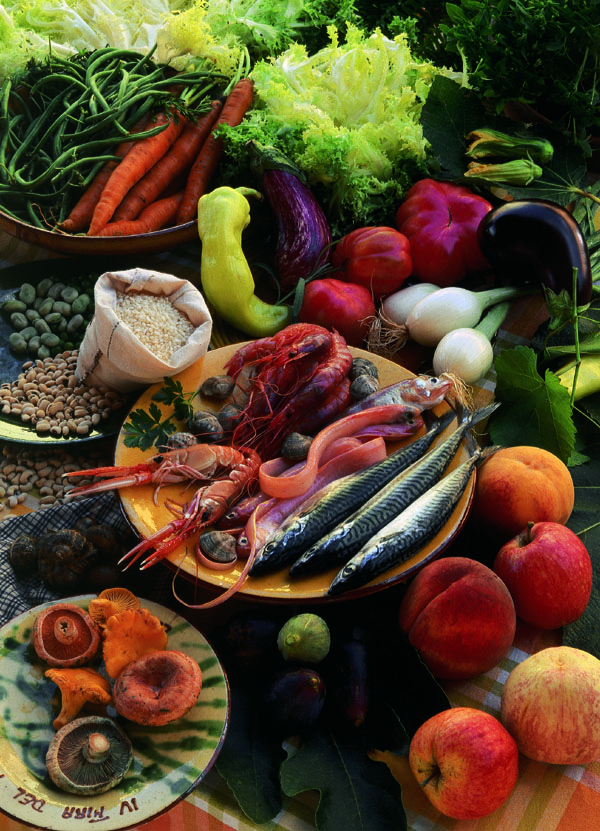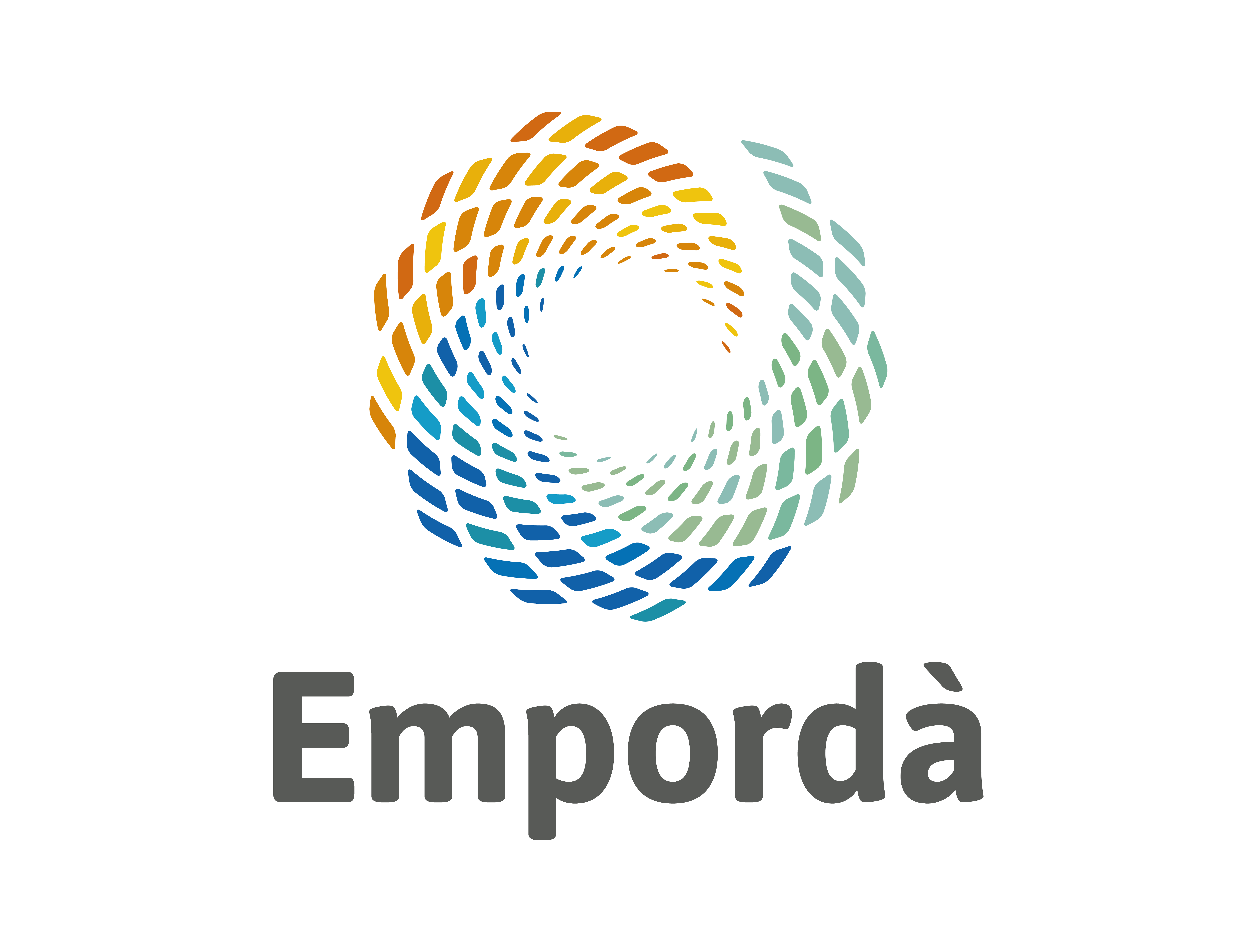Our cuisine
-

Photo: Jordi Puig
The cuisine of the Baix Empordà is a reflection of its territory: the sea provides the excellent fish and seafood so typical of the cooking of the coast; the plain gives the produce of the field, the market gardens and the fruit orchards, and from the hills we receive meat, cheese and wild fruits and mushrooms. The mixture of all of these is what has given our cuisine this variety of flavours and contrasts and gained it the name of “sea and mountain” cooking.
But the biggest secret is the use of high-quality local products: rice from Pals, with a quality that makes it the basic element of a multitude of dishes; prawns from Palamós; fish from the Costa Brava, like the ganxó blue fish, served alone or garnished; the vegetables used fresh or cooked in salads, casseroles, stews, and so on.
Recovery of products: The ‘angel-hair’ escarole and the white-eyed bean are typical products of the Empordà which, for various reasons, had once ceased to be grown. A group of market gardeners of the Empordà have recovered them and they can be enjoyed at the restaurants of The Cuisine of the Empordanet.
Other typical products of our land, as the local raw materials with a long history of use and preparation, are: the sweet pork sausage, the home-made pastries called brunyols, the cottage cheese and cream cheese that help to make up excellent salads and desserts; and sauces and preparations like sofregits, picades, allioli. The district’s twelve gastronomic campaigns will give you the chance to try all of these products in the particular style of each restaurant.
Our cuisine remains alive not only through the force of tradition but also the energy of its experimentation and the creation of new dishes. The Empordà Gastronomy School is the main promotional centre of these initiatives, thinking not only of our professionals and inhabitants but also of those visitors who want to learn a little more about cuisine through the courses held all year round.
Our region offers you the “Espai del Peix” (The Fish Place), a project by the Fishing Museum (Palamós Town Council). It aims to contribute to the knowledge, sustainability and gastronomy of fishing produce unloaded at the Palamós fish auction, highlighting species that are not well known, but which have great cultural and gastronomic value, and learning about them. It offers a great variety of workshops, guided tours to the fish auction and show cooking for all kinds of public. We recommend you to visit too the Interpretation Centre Cuisine in Catalonia, situated in Palafrugell. It will enable you to discover the evolution of gastronomy throughout history and the development of tourism in the Empordanet.
In 1995, sixteen restaurants in the region joined together as a gastronomic group under the name of La Cuina de l’Empordanet with the aim of promoting the gastronomic quality of the territory and of converting the Empordà into a first-class culinary destination.
Most of the restaurants in our region have also joined so as to contribute to disseminating gastronomy by organising workshops and gastronomic campaigns in collaboration with their respective town councils. Examples of this are the following associations: El Plat Blau (Calonge-Sant Antoni, Palamós and Vall-llobrega), L’Estació Nàutica L’Estartit-Illes Medes (Torroella de Montgrí – L’Estartit) and the municipalities of Begur, La Bisbal d’Empordà, Palafrugell, Pals and Sant Feliu de Guíxols.
These, then, are the origins of our best-known dishes: grilled vegetables, salads, stuffed apples, fricandeaux, platillo, roast meats, cuttlefish with peas, fish stews, rice dishes, chicken with Dublin Bay prawns, creams, and so on.
COMPARTEIX A LES XARXES SOCIALS:


